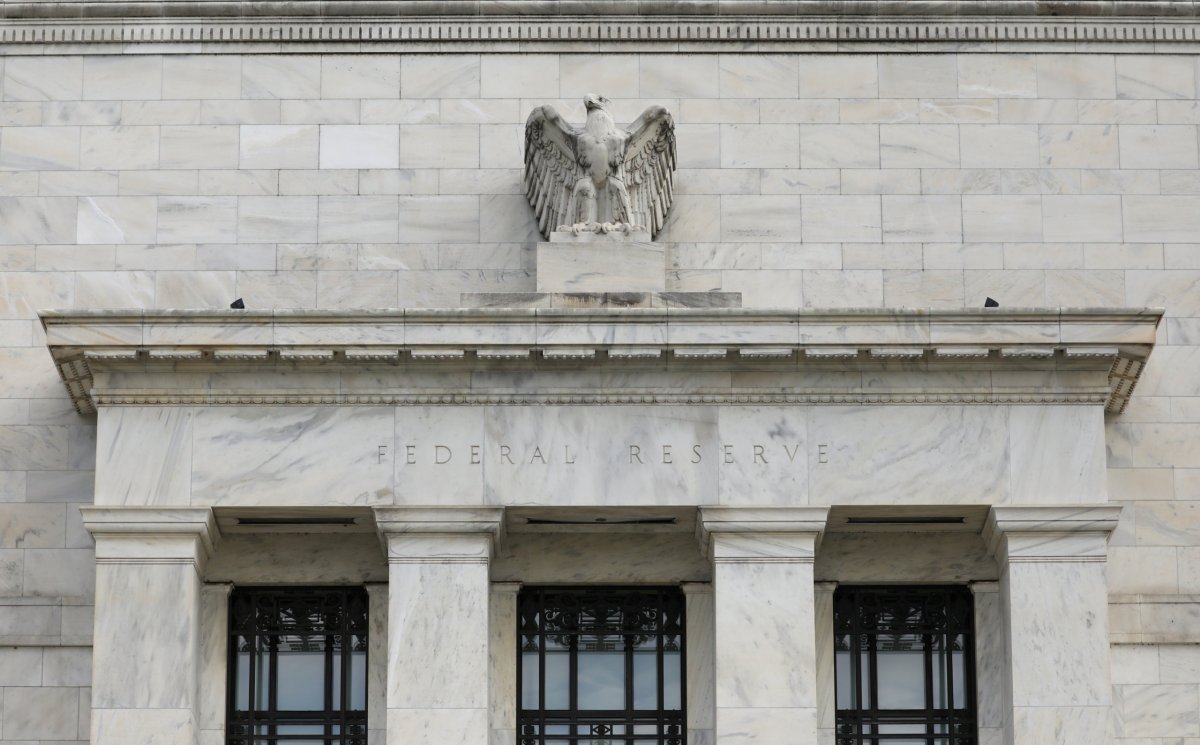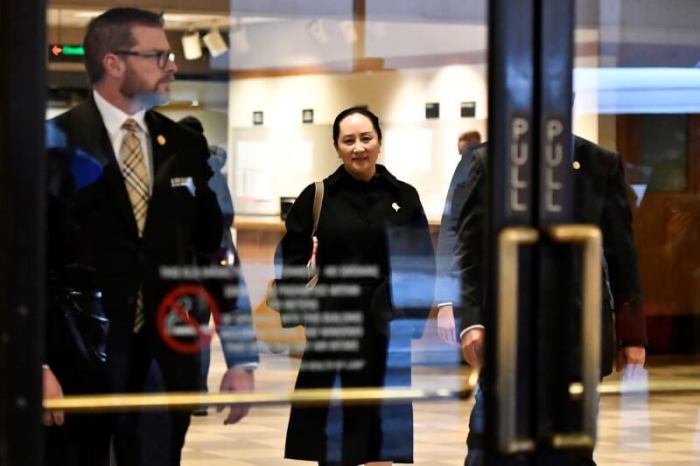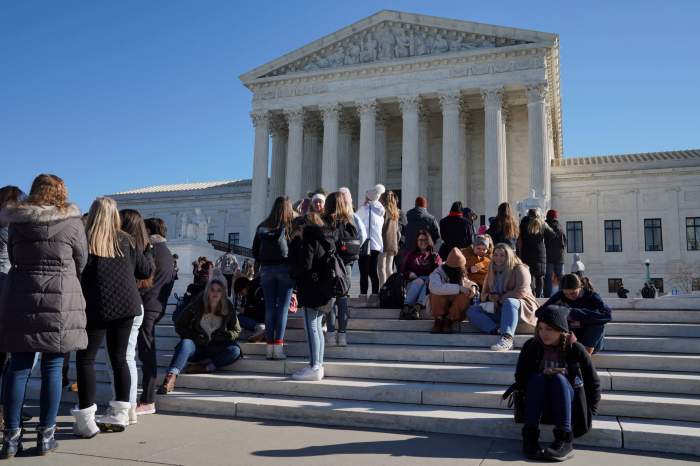By Michelle Price and Pete Schroeder
WASHINGTON (Reuters) – The U.S. Federal Reserve is considering imposing stricter rules on foreign bank branches to tighten what critics say is a loophole that has allowed overseas lenders to shield assets from the toughest U.S. bank rules, three people with knowledge of the matter told Reuters.
The changes being discussed could be a blow for lenders such as Deutsche Bank, Credit Suisse Group AG and UBS Group AG and which have for years held billions of dollars in assets, such as corporate loans, at their New York branches.
The possible rule changes, that have not yet been decided, could also inflame tensions with European regulators who have long-complained that their lenders are held to higher standards in the United States than domestic rivals.
The changes are being considered as part of a broader package tweaking rules for overseas lenders due to be unveiled by the Fed in coming weeks, the people said. Any proposed changes would be subject to industry comment and feedback.
The Federal Reserve declined to comment on the report. Deutsche, Credit Suisse and UBS did not immediately respond to requests for comment after business hours.
The potential change would look to impose tougher liquidity requirements on foreign bank branches, which could involve holding higher-quality liquid assets to ensure the branch could meet its short-term obligations. Foreign branches held more than $1.6 trillion in assets as of June last year, Fed data shows.
The treatment of foreign branches, which typically focus on corporate business and are just one part of a foreign bank’s overall U.S. operations, has long been a dilemma for the Fed.
Legally, branches are part of the overseas parent which would be on the hook to shore-up the branch if it were to fail. Because foreign bank branches do large amounts of dollar-denominated business, however, they can access the Fed’s discount lending window which they used heavily during the 2008 financial crisis.
In the aftermath, the Fed tightened rules on foreign banks, requiring them to put their non-branch assets into a new holding company, which would be subject to the same heightened post-crisis rules as domestic U.S. banks, including tough stress tests, leverage and capital standards.
But it allowed foreign banks to continue using branches too, subject to some additional but less onerous requirements, fearing a crackdown would lead overseas regulators to retaliate against U.S. bank branches in their markets.
Critics of this arrangement say foreign banks can use their branches to shield assets from the tougher holding company rules, and point to the fact a larger percentage of overall foreign bank assets are being held in branches.
The Fed data shows that of foreign banks with combined assets of more than $50 billion, around 40 percent of all their U.S. assets were held in branches as of June. That is compared to around 37 percent in Dec. 2014 when the new regulatory regime was finalized.
Additional liquidity requirements would aim to reduce the reliance foreign branches would have on the Fed’s discount window during a future crisis, but would likely increase costs for those firms.
Foreign banks and regulators say additional requirements are unnecessary, since foreign branches are limited in their activities, rarely hold federally insured deposits, and are subject to their home country rules.
(Reporting by Michelle Price and Pete Schroeder; Editing by Lisa Shumaker)



















